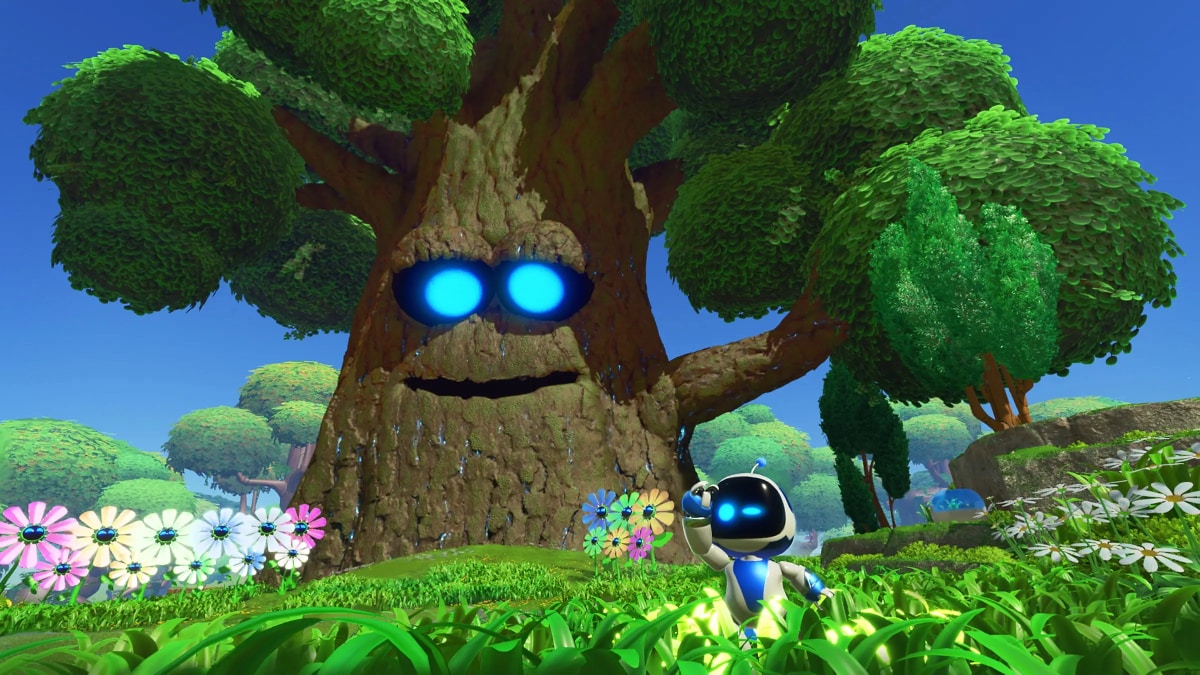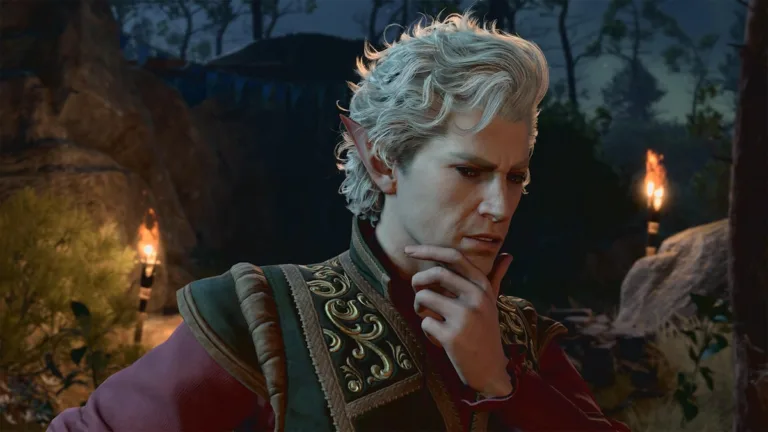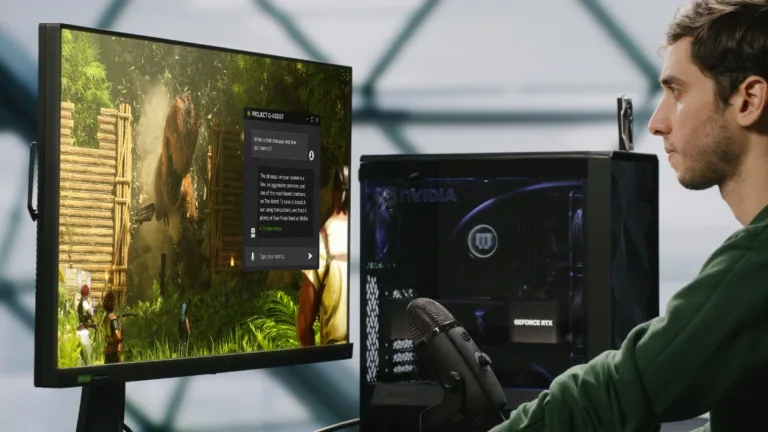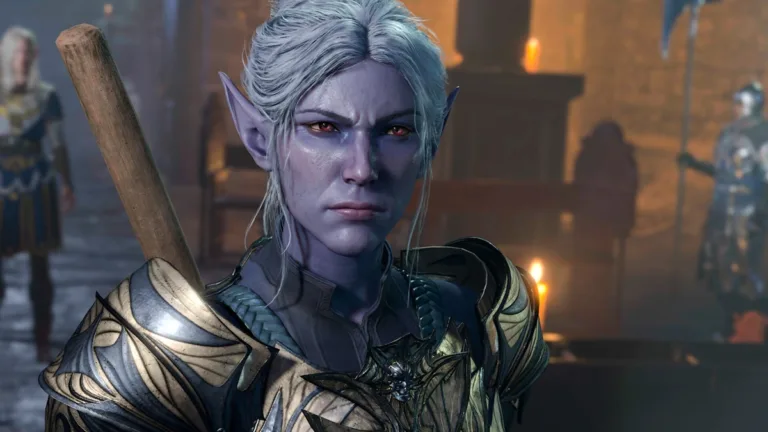Astro Bot Review: Team Asobi’s Nintendo-Style Platformer Is an Instant PS5 Classic
For the past few years, first-party Sony games have been marked by their singular preoccupation with graphical fidelity. Uncharted 4, The Last of Us Part 2, Ghost of Tsushima, Horizon Forbidden West, God of War, and Spider-Man — all good games — are bound by their vanity. However, in their drive to achieve near-realistic visuals –– that dour, grimy look –– they leave behind the throwback vibrant video game aesthetic, now found only in Nintendo titles or indie games.
And that’s why Astro Bot is an anomaly. As a cute, colourful, candy-like 3D platformer, it sits distinctly in the PlayStation catalogue of games. There’s nothing quite like it in Sony’s roster right now; even Ratchet and Clank, with its shiny, new ray-tracing coat, wasn’t spared. And beyond the charms of its lively visual presentation, Astro Bot is an incredible and unmissable adventure that leaves your heart singing. Its childlike authenticity, undeniable earnestness, and endearing simplicity stand out amid glum, self-serious PlayStation exclusives that seem to be straining to be more than just a video game.
And it’s not a surprise at all! Afterall, Team Asobi delivered the same experience in a bite-sized package with Astro’s Playroom when the PS5 launched in 2020. From a cute mascot that served as a free-to-play tech demo for the DualSense controller, Astro has evolved into a bonafide PlayStation icon with a carefully crafted and lovingly realised full-fledged game. Yes, Astro Bot is mechanically a bit shallow — it does not have as many moving parts as Super Mario Odyssey. But the experience it offers is by no means thin — to see all its secrets and easter eggs and collect all bots, you could spend 15-20 hours hopping around its bouquet of planets. And it is not completely lacking a challenge either; it’s a simple adventure, but there are levels that will test your patience and skill. Most importantly, in a glut of games obsessed with looking good, Astro Bot stands out with its obsession with being fun.
Star Wars Outlaws Review: Ubisoft’s Galactic Adventure Comes With Rough Edges
There is a Saturday-morning cartoon-style story in Astro Bot that frames the galactic journey you go on. Astro and his bots are spacefaring on their mothership — the PS5 — before his nemesis Nebulax attacks the merry crew and steals the CPU powering the console. The PS5 sputters and blows up, spitting out its core parts across several galaxies. The cute bots are bucked off the ship, too, which crash lands on a desert planet with Astro onboard. Our titular robotic hero then goes on an intergalactic adventure, very much in the vein of Super Mario Galaxy games, to rescue his scattered crewmates and recover the lost parts of the ship before a final confrontation with Nebulax.
With PS5 mothership out of commission, Astro gets a new ride –– the Dual Speeder, a smaller craft that’s basically the DualSense controller. This is where the game essentially begins, with six galaxies and over 70 levels spread across distinctly themed planets waiting to be explored. At the heart of it all is the crash site, which becomes your home base. As you bring back stranded bots from other planets and fix up your PS5 by collecting its lost parts, the desert blossoms into an oasis. Over time, Astro’s crewmates populate the crash site and help him craft new experiences and accomplish tasks that were previously locked away. The site also becomes a museum of PlayStation memorabilia as you rescue and bring back VIP bots based on iconic video game characters.
![]()
The crash site populates as you rescue more bots
Photo Credit: Sony/ Screenshot – Manas Mitul
If the rest of the game represents the challenge, the crash site becomes a haven for leisure. Here, you run around with your bots, find hidden trinkets and unlock prizes. Once you’ve rescued enough bots, they’ll help you fix up the site and reach previously inaccessible areas that bring more things to discover. You can interact with VIP bots –– there are over 150 of them! –– just go up to them and smack ‘em in the head and a cute animation, specific to the game the bot is from, plays out. My favourite was the bot representing the Hunter from Bloodborne. When you try and hit him, he gun parries you!
The six other galaxies that surround the crash site come with a collection of uniquely crafted planets that each follow a specific visual theme. One is made up of candies and confectionary; another is a volcano planet, spitting fire and ash. There are tropical levels, with the sun shining and the sea glistening; One planet is rendered in Minecraft-style pixel art graphics, and another is a casino level fashioned out of gambling paraphernalia. There are, of course, some levels that feel repurposed, with recurring assets and repeating motifs, but sheer volume of experiences on offer here makes the occasional déjà vu planet forgivable.
![]()
Bloodborne remaster when?
Photo Credit: Sony/ Screenshot – Manas Mitul
Some special planets are fashioned out of other PlayStation franchises like God of War, Uncharted, and Horizon. Here, Astro dons a unique avatar and acquires special abilities tied to those games themselves. For instance, in the God of War level, cheekily dubbed “Bot of War”, Astro becomes a cute, robotic Kratos and takes up his Leviathan axe that he can throw and call back, like Thor’s hammer. And in the “Dude Raider” Uncharted level, you become Nathan Drake and shoot your way through an action-packed maze with ambushes waiting at every corner. These worlds, that also house the missing pieces of the PS5 ship, unlock after you beat the main boss of the galaxy. They’re not a massive departure from what you experience on regular planets in terms of exploration, but the new abilities bring a fresh way to navigate the space.
The standard planets are full of surprises, too. They hide subterranean secrets, portals to altogether new levels, and they sometimes transform completely, unfolding into unseen spaces hiding unabashed wonders –– like unwrapping a candy and finding two inside. In one planet, that begins as a pleasant garden space, you see an unassuming sapling, you water it, and a colossal tree burst out, its canopy piercing the clouds and kissing the sky like you’re in Jack and the Beanstalk. Now, the whole level is played out on the branches of the towering tree as you climb upwards and onwards on your rescue mission. These tricks of transfiguration, the finer details within levels, and the surprises fashioned out of thin air make Astro Bot feel routinely magical, committed to beguile you at every turn.
![]()
BOY!
Photo Credit: Sony/ Screenshot – Manas Mitul
Exploring every corner of these wonderous worlds is the true treat of Astro Bot. In fact, exploration is not something you do on the way to your goal here; exploration is the goal. In addition to the collection of bots that you must rescue to progress the story, each level hides optional puzzle pieces that unlock the gift shop and special customisation options for Astro and his Dual Speeder back at the crash site. Some planets also come with hidden gateways to secret levels tucked away in the Lost Galaxy –– these planets are more eclectic in their visual style and themes, embracing a more colourful, zany aesthetic.
There are over 300 bots and 120 puzzle pieces to find, and while you don’t need them all to finish the game’s story, doing so is more than worth the effort. Astro Bot is, in essence, a museum of cool things. And to see all its cool exhibits, you must indulge in the collectathon. And frankly, you don’t have to strain too much to uncover every prize in the game; it’s not as rigorous an exercise as collecting all the Power Moons in Super Mario Odyssey (believe me, I’ve tried). Odyssey is far more consuming, complex and cavernous, its depths seemingly unplumbed. Astro Bot, on the other hand, is relatively simple. And while the simplicity is intentional and part of the game’s charm, I wouldn’t have minded a slightly more challenging experience.
![]()
Astro and the Beanstalk
Photo Credit: Sony/ Screenshot – Manas Mitul
The same plainness is found in Astro Bot’s gameplay –– the focus is firmly on fun, instead of something layered and robust. Astro can jump and hover, smack enemies, and execute a spin attack that also helps in exploration. Beyond his repertoire of standard moves, it’s the various special abilities he acquires across levels that add flavour to the gameplay. Some of these abilities were seen in Astro’s Playroom, but a bulk of them are ingeniously new. In one planet, Astro picks up the ability to shrink down to the size of a mouse. And the moment you do that, you begin to see the entire level from a completely different perspective, finding new ways to explore and engage with the same space. In another, he turns into a sponge, soaking up water and spraying it out to forge new pathways. Some might find the gameplay here rudimentary, but I didn’t mind it at all. In fact, the straightforward mechanics bring a leisure to Astro Bot that goes perfectly with what it’s trying to achieve. It’s a game you sit back and enjoy, not lean in and take on.
It would be remiss of me to not mention the game’s excellent soundtrack and the character it adds to every level. The music in Astro Bot doesn’t just underscore the experience; it goes as far as to breathe life into your actions. And all your actions become physical and real with the feedback on the DualSense controller. Like Astro’s Playroom, Astro Bot utilises the haptics and resistive triggers on the PS5 controller to its fullest. The soft rustle of walking on fallen leaves, the sharp friction of metal on ice, the gentle thrum of your spaceship –– all of it plays out on your hands. It’s subtle and never intrusive, and I wish more games on PlayStation took a similar approach to designing controller feedback.
Concord Review: Firewalk’s Hero-Shooter Didn’t Deserve to Die, but Sony Dug Its Grave
![]()
Riding the Dual Speeder comes with immersive controller feedback
Photo Credit: Sony/ Screenshot – Manas Mitul
If you look at some of PlayStation’s recent releases, you can clearly see a swelling rut pervading the platform. A slate of unnecessary remakes and remasters, misfiring live service bets, and a lack of tentpole exclusives have backed the PS5 in a bit of a tricky corner. Four years on since the console launched, it feels like the current generation has yet to kick off. Maybe 2025 will change that, but for now, Sony should look no further than Astro Bot for inspiration.
Big-budget triple-A titles, with eye-watering visuals and interminable development cycles aren’t the only way forward. And smaller games aren’t just an option, they are a necessity. With Astro Bot, Team Asobi has crafted one of the best 3D platformers since Super Mario Odyssey. It’s a game that is committed to being a game, to being fun and joyous and playful. It’s hard to find a more vibrant title in PlayStation’s stable, and Sony must invest in similar smaller games going forward. Because right now, it seems PS5 owners are stuck playing remakes and remasters while waiting for the next God of War and the next Spider-Man. Sony is sitting on multiple beloved IPs of yore, and the PlayStation parent surely must realise that people like all kinds of games, not just triple-A open-world, action-adventures. And Astro Bot is living proof of that.
Pros
- Fun, engaging gameplay
- Vibrant visuals
- Rewarding exploration
- Free-flowing level design
- Excellent soundtrack
- Excellent DualSense feedback
Cons
- Lack of a challenge
- Gameplay lacks depth
Rating (out of 10): 9
Astro Bot released September 6 exclusively on PS5.
Pricing starts at Rs. 3,999 for the Standard Edition on PlayStation Store for PS5.







